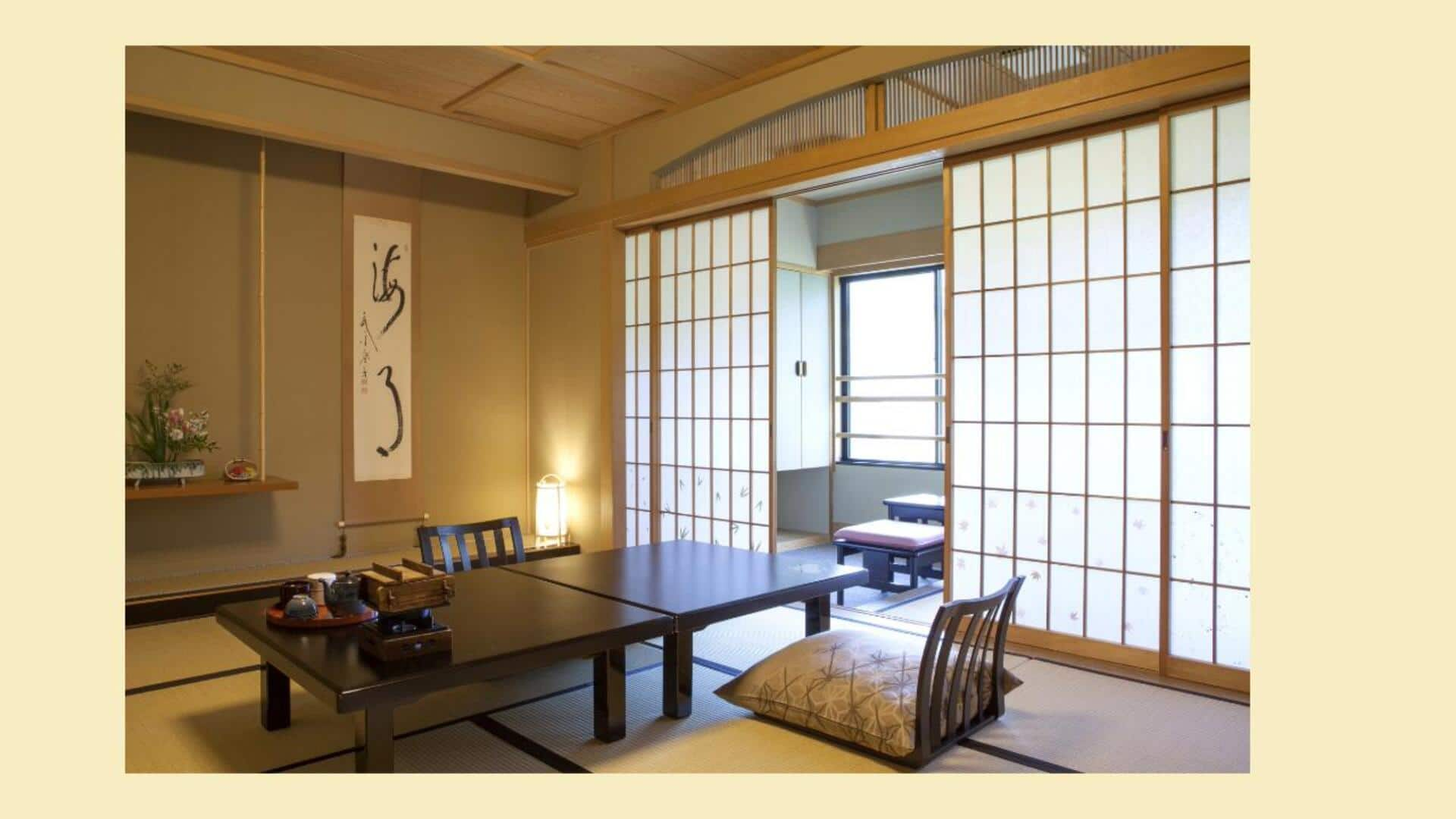Japanese interior design techniques are revolutionizing home interiors with their blend of simplicity, sustainability, and elegance. Ekta Verma, founder of ETOS Design, emphasizes minimalism, natural materials, and meticulous craftsmanship in these methods. Embracing these principles enhances both aesthetics and functionality, fostering a serene and eco-friendly living environment.
Here's how these techniques are transforming interior design. Minimalism and natural materials According to Verma, the core tenet of Japanese interior design is minimalism, which fosters calm and serenity through simplicity and decluttering. This approach is enhanced by natural materials like wood, paper, and stone, which add warmth and texture while connecting the indoor space with nature.

The blend of minimalism and natural elements creates a balanced, inviting, and timeless environment. Sustainability and flexibility Verma notes that sustainability is central to Japanese design, highlighting eco-friendly materials, energy efficiency, and waste reduction. This focus on environmental responsibility is complemented by flexible solutions such as multi-functional furniture and sliding doors, which optimize space.
These innovations are particularly beneficial in smaller homes, where adaptability is key. By prioritizing sustainability and versatility, Japanese design fosters a more eco-conscious and functional living environment. Attention to detail and Zen influence Japanese interior design is celebrated for its meticulous attention to detail, emphasizing craftsmanship, quality, and precision to enhance both aesthetics and functionality.
According to Verma, this dedication is combined with Zen principles, promoting mindfulness and simplicity. Zen-inspired designs foster a sense of calm and tranquility, helping residents appreciate the beauty in simplicity. Additionally, incorporate plants, natural light, and outdoor views to connect with nature.
Cultural elements and wabi-sabi Cultural elements like wabi-sabi are central to Japanese interiors, embracing imperfection, impermanence, and simplicity to offer a unique perspective. Traditional features like tatami mat s and shoji screens enhance this cultural depth, emphasizes Verma. Tatami rooms create a cozy atmosphere, while shoji screens filter light and add a sense of mystery.
These elements enrich the design, offering a distinct and thoughtful approach to interior aesthetics. Benefits Verma believes incorporating Japanese design techniques offers numerous benefits. They provide a sustainable, timeless approach that remains stylish and relevant.
The focus on mindfulness and wellness creates a serene living environment, while multi-functional solutions inspire creative design. These techniques also promote cultural exchange, bringing fresh ideas. Ultimately, they enhance customer satisfaction with their unique aesthetic and thoughtful home design approach, she concludes.
.




















